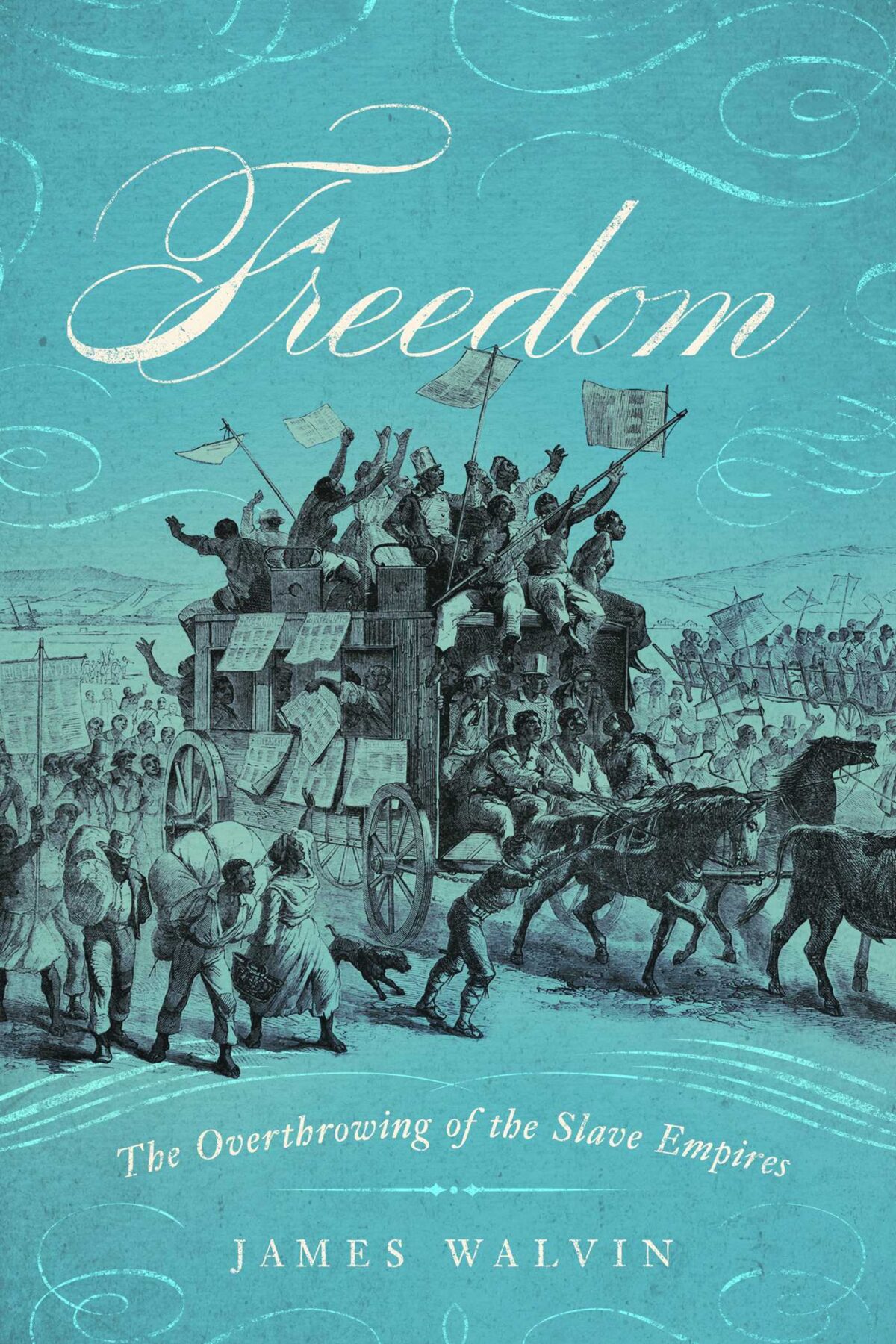Walvin, James. Freedom: The Overthrowing of the Slave Empires. New York: Penguin, 2019.
There is a line I’ve used for almost a decade now, whether leading tours at national historic sites or coaching high schoolers through their unit on the American Civil War: “In 1861, only two countries in the Atlantic world allowed slavery: Brazil and the United States.” Meant to impress upon my audience how far behind the times the United States was by Abraham Lincoln’s election, this statement is loaded with centuries of struggle, waged on both sides of the Atlantic and by both European politicians and enslaved persons. It is remarkable that, in the course of scarcely more than half a century, such an economic powerhouse as the Atlantic slave trade and chattel African slavery was ended. In Freedom: The Overthrowing of the Slave Empires, James Walvin attempts to demonstrate just how that end came to be while emphasizing just how much of it was the result of the actions of the slaves themselves.
Perhaps the greatest strength of Walvin’s work is his sensitivity to the brutal history of which he writes, both in generality and in the specific conditions of each country’s unique brand of slavery. After a number of introductory chapters that set the stage for Walvin’s primarily 19th-century narrative, Freedom is divided into chapters by country, allowing greater coverage of the peculiars of bondage and ultimate emancipation around the Atlantic rim. In keeping with recent trends in slavery historiography, much attention is given to the ways in which slaves resisted and, through their resistance, influenced policymakers in the halls of power to side with their struggles. As one might expect, the specter of Haiti looms large over Walvin’s narrative, and is indeed the first of the specific regional chapters.
As with any thematically organized study, chronology in Freedom can get a bit loose, with some events repeatedly returned or looked forward to from chapter to chapter. Its real weakness, however, is in the lack of discursive detail. The entire work feels inescapably introductory, and Walvin makes very little effort to introduce his readers to the subject’s primary sources, which I know from personal experience exist in abundance. Instead, Freedom reads like a narrative textbook in which the author has distilled the history into a palatable story for those just getting into its topic. This makes occasional missteps (like claiming historiographical confusion as to the origins of the “Lost Cause” mythology of defeated Confederates) even more glaring to the trained eye; we don’t even know whence these errors came.
While it may not pass muster for experienced students of Atlantic slavery, Freedom still retains value as a sort of mature primer, a stepping stone for casual audiences to understand the international processes, and international ends, of one of the great demographic catastrophes of human history. Seldom have I found a volume containing histories of American, British, Mexican, Haitian, and Brazilian slavery side by side, and for that reason alone it earns a place on my shelf.
